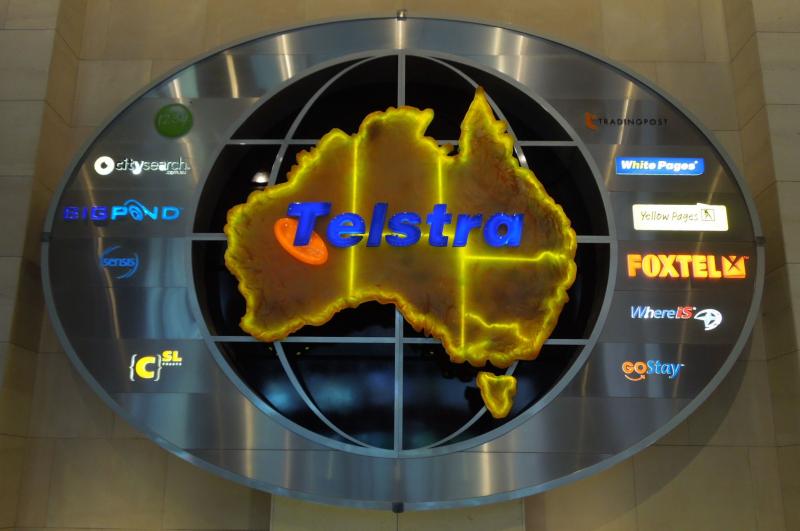Telstra Analyst Event 2013: Report From The Customer Advocacy Journey Triathlon

With Dane Anderson, John Brand, Tim Sheedy, Clement Teo, and Bryan Wang
During his keynote at Telstra’s recent annual analyst event in Sydney, the CEO compared Telstra’s customer advocacy strategy to a triathlon that the firm has just begun. We believe this is a fitting analogy for progress communicated at the event. Our main observations are:
- Telstra’s transformation remains a work in progress. Telstra is not unique from other incumbent telcos that transform away from traditional — and declining — sources of revenue. Its strong domestic position seems secure for now. But its prospects in new market categories, both inside and outside of Australia, are less certain. Telstra is not particularly innovative compared with telcos in the US or Europe. Yet Telstra benefits from a credible transformation strategy, which it is gradually implementing. For instance, Telstra has built a large IP-based digital media file exchange platform to serve global broadcasters and content providers.
- Telstra ought to use its Net Promoter Score to drive cultural change. Its strategic goal to push for world-class customer advocacy is a key differentiator and convincing. However, we believe Telstra needs to use the NPS also as a driver of internal cultural change. For instance, Telstra should analyse transactional processes of device purchasing from branded retail stores. Moreover, Forrester research indicates that NPS has limits when it comes to explaining the “how” and “why” of customer experience.
- Telstra targets promising demand for network-based services. Telstra has differentiating assets in the form of its submarine cable and IP network and its network-based communication service capabilities. And Telstra is expanding these assets as an international play. Telstra integrates the Australian and international networks over a single delivery platform.
- Telstra’s international activities would benefit from greater focus. Telstra is at risk of spreading its assets very thinly across a very large geographic area and a wide portfolio. For commoditized connectivity offerings this might be less of an issue. But pricing pressure for these services are a race to the bottom. For more complex offerings like managed applications, Telstra requires the right — and costly — skill sets and support as well as sales structures on the ground. This could depress margins.
- A traditional go-to-market approach risks derailing Telstra’s ICT ambitions. As Telstra moves into broader ICT categories, buyers become more diverse. There will be different agendas that need to be addressed. Broader ICT categories typically span many more roles inside enterprise organizations than the traditional “network manager.” An opportunistic go-to-market approach will not suffice for enterprise customers. Telstra needs to develop multi-channel market initiatives.
- Telstra’s enterprise mobility solutions are not fully fleshed out. Telstra’s enterprise mobility strategy primarily addresses the M2M/BYOD opportunity. We did not get the impression that Telstra already offers a true enterprise mobility solution. Little was communicated about Kony Solutions. That recent acquisition brings assets to move into enterprise app management.
Telstra’s overall vision remains vaguely defined. Telstra’s CEO aims to turn the business into a “modern telco.” He pursues a clear strategy with the customer and the network at its core. He also is adamant that Telstra will not become another ICT provider — a hint that clearly illustrates how Telestra wishes to differentiate itself from other transforming telcos. At the same time, Telstra states that it sees software as a key asset for its emerging business model. We find it difficult to align these positions. It might only be a matter of wording, but it would help Telstra’s strategy to be based on a more clearly defined vision.
